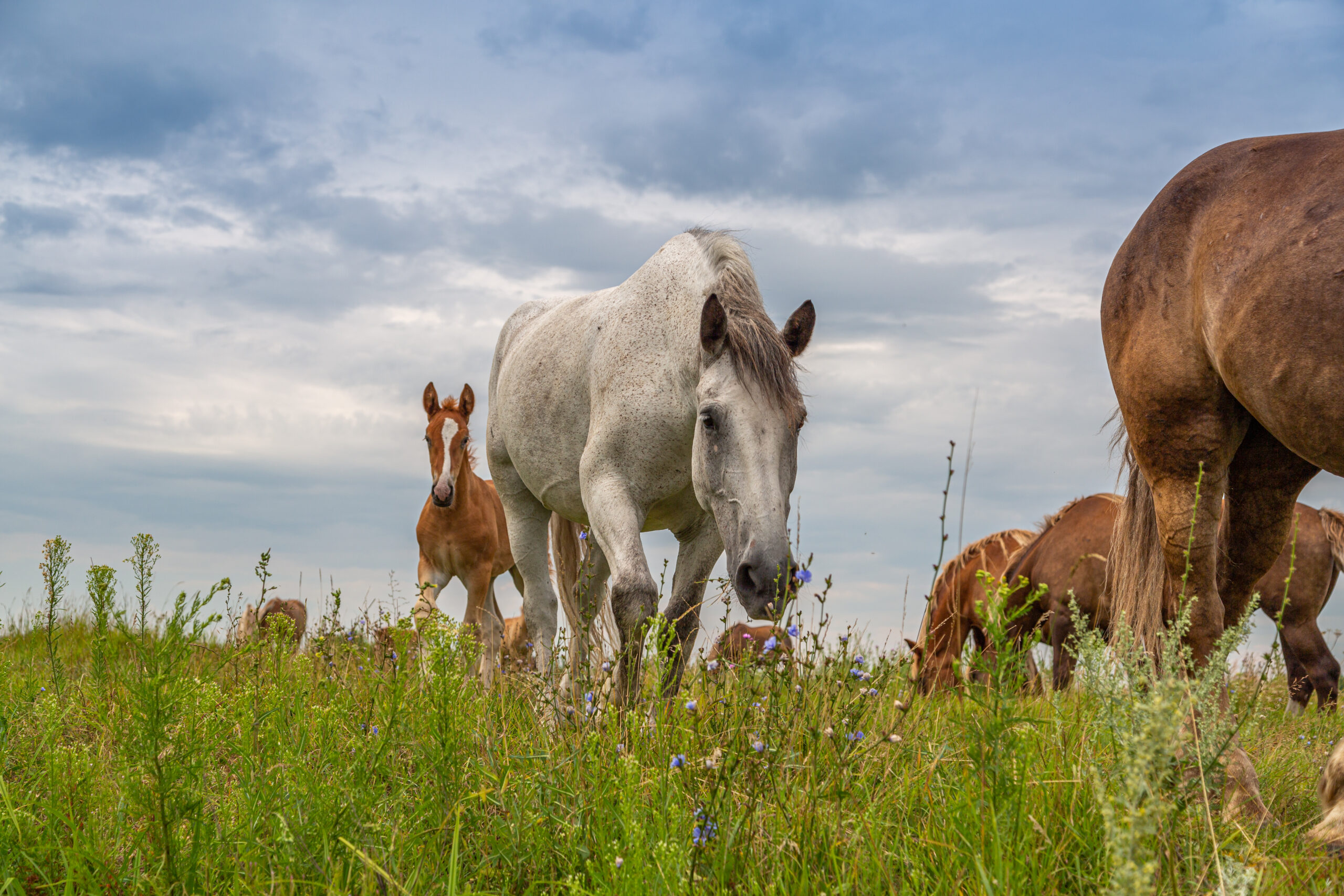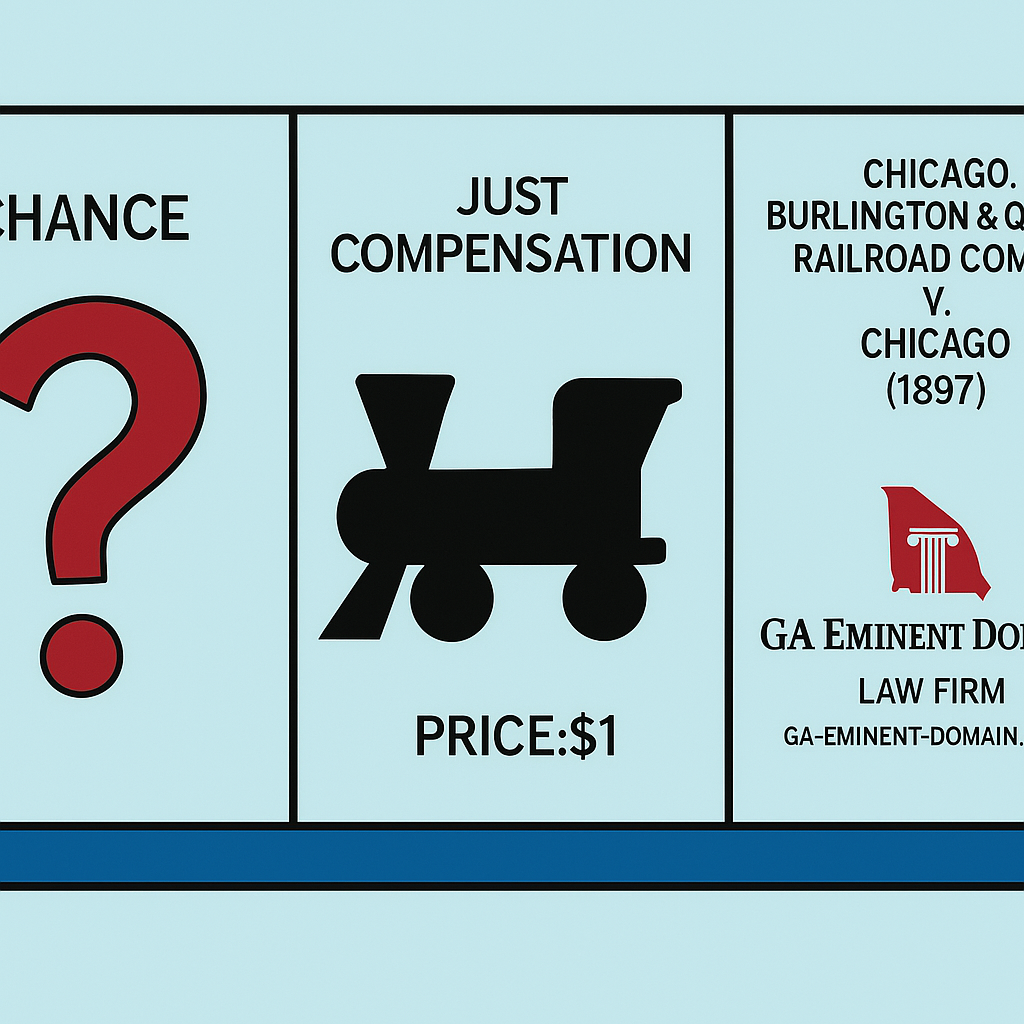Discover what makes Texas land ownership so appealing – from pristine nature retreats to investment opportunities near growing cities.
Texas offers an incredible variety of land options for buyers seeking everything from peaceful seclusion to agricultural prosperity. The Lone Star State’s diverse geography, favorable property laws, and steady growth have made land ownership increasingly attractive for both Texans and out-of-state buyers.
Whether you dream of a weekend getaway, a permanent homestead, or a long-term investment, understanding the primary motivations behind land purchases can help you identify your perfect property. Let’s explore the five main reasons people invest in Texas land and what you should look for in each category.
1. Natural Retreats: Wooded Land for Privacy and Recreation
There’s something deeply satisfying about owning your own forest. Wooded tracts throughout Texas provide more than just beautiful scenery—they offer a private sanctuary where you can truly disconnect.
What makes wooded land special:
- Natural privacy barriers and sound buffering
- Cooler temperatures under mature tree canopies
- Diverse wildlife habitat and birdwatching opportunities
- Perfect for hunting, hiking, camping, and outdoor activities
- Potential for sustainable timber harvesting
Best regions to look: East Texas Piney Woods region stands out with its towering pines and hardwoods, while Bastrop County offers beautiful post oak and pine ecosystems closer to Austin.
Buyer tip: When evaluating wooded properties, check for healthy, mature trees and diverse species. Consider accessibility during different seasons and whether you’ll need to create trails or clearings.
2. Agricultural Potential: Land for Farming and Livestock

For those with farming aspirations or livestock dreams, the right soil can make all the difference. Texas offers some of the most productive agricultural land in the country, suitable for everything from cattle ranching to specialty crops.
Benefits of agricultural land:
- Self-sufficiency through food production
- Income potential from crops or livestock
- Agricultural tax exemptions
- Legacy building for future generations
- Connection to traditional rural lifestyles
Prime farming regions: The Blackland Prairie stretching from North Texas through Central Texas features some of the state’s richest soil. The Post Oak Savannah region offers excellent mixed-use potential for both crops and livestock.
Buyer tip: Always investigate water rights, irrigation potential, and soil quality before purchasing. A professional soil test can save you from costly surprises later.
3. Scenic Properties: Hill Country and Elevated Views

Texas Hill Country has captured the imagination of land buyers for generations, and for good reason. These elevated properties offer breathtaking vistas, pleasant microclimates, and a distinct landscape that feels worlds away from flat terrain.
What makes elevated land desirable:
- Stunning panoramic views, especially at sunrise and sunset
- Natural drainage with less flooding risk
- Premium resale value and vacation rental potential
- Cooler summer temperatures at higher elevations
- Stargazing opportunities away from light pollution
Most sought-after regions: The counties of Blanco, Gillespie, and Kerr represent the heart of Hill Country charm, while areas west of Austin offer proximity to urban amenities with scenic beauty.
Buyer tip: Consider road accessibility during winter conditions and building costs on slopes. South-facing properties offer more sunlight for gardens and solar potential.
4. Development Ease: Flat Land for Building and Accessibility

Sometimes practical considerations outweigh romanticism. Flat land provides the easiest canvas for building homes, outbuildings, and infrastructure without the expense of extensive site work.
Advantages of flat terrain:
- Significantly lower construction costs
- Simplified utility installation
- Easier agricultural equipment operation
- Better accessibility for all ages and abilities
- Versatility for future development options
Where to look: South Central Texas offers extensive flat terrain with good soil, while areas around the major metropolitan areas often feature flat parcels with increasing value potential.
Buyer tip: Even flat land should be evaluated for drainage issues. Look for properties slightly elevated from surrounding areas to prevent water accumulation during heavy rains.
5. Investment Potential: Land Near Growing Urban Centers
Perhaps the most financially rewarding land strategy involves purchasing property within commuting distance of Texas’s rapidly expanding cities. These transitional zones offer rural living today with the potential for significant appreciation tomorrow.
Why proximity matters:
- Strong appreciation potential as cities expand
- Access to employment, healthcare, and amenities
- Balance of privacy with convenience
- Rental income opportunities
- Potential for future subdivision
Hot investment regions: Williamson County (north of Austin), Hays County (southwest of Austin), Parker County (west of Fort Worth), and Montgomery County (north of Houston) all show strong growth trajectories.
Buyer tip: Research local development plans, zoning changes, and infrastructure projects that might impact future values. Land near planned roadways or new schools often appreciates faster.
Finding Your Perfect Texas Property
The right tract of land aligns with both your immediate needs and long-term goals. Consider these questions as you begin your search:
- What’s your primary purpose for the land—recreation, residence, agriculture, or investment?
- How much time will you spend on the property?
- What infrastructure and utilities are essential for your plans?
- What’s your timeline for development—immediate or phased over years?
- Are there specific geographic features you’re drawn to?
Conclusion
Texas land offers remarkable diversity, opportunity, and value. Whether you’re seeking weekend seclusion among the pines, rich soil for your farming dreams, or an investment near growing cities, understanding these five key motivations will help guide your search.
Remember that the perfect property balances your practical needs with the emotional connection you feel to the land. Take your time, visit properties in different seasons, and imagine how your vision might unfold over the years.
Ready to start your Texas land journey? Contact our team of specialized land experts who understand the unique considerations of rural property transactions.
FAQ: Texas Land Buying
Q: How is buying land different from buying a house?
A: Land purchases involve different financing options, due diligence requirements, and often longer holding periods. Undeveloped land typically requires more research regarding utilities, access, and building restrictions.
Q: What should I know about water rights in Texas?
A: Texas follows the “rule of capture” for groundwater, but surface water rights are complex. Always verify water availability, quality, and legal access before purchasing. Read our recent bog about water rights.
Q: Are there restrictions on what I can build on rural land?
A: This varies tremendously by county and location. Some areas have minimal restrictions, while others may have deed restrictions, easements, or floodplain limitations. Always check with the county before assuming you can build freely.
Q: What are typical land taxes in Texas?
A: Property taxes vary by county, but agricultural exemptions can significantly reduce the tax burden. Qualifying for an ag exemption typically requires documented agricultural use of the land.
Q: Can I finance raw land?
A: Yes, though terms are usually less favorable than home loans. Many sellers offer owner financing, or you can seek land loans from local banks and credit unions that understand rural property values.
Q: How much land do I need for a small farm or homestead?
A: Even 5-10 acres can support a robust homestead with gardens and small livestock. Traditional farming operations typically require 40+ acres, depending on your goals and the land’s productivity.
Looking for specific features or locations? Browse our curated selection of Texas land listings or contact our land specialists for personalized assistance finding your perfect property. Start your search here North 40 Land




